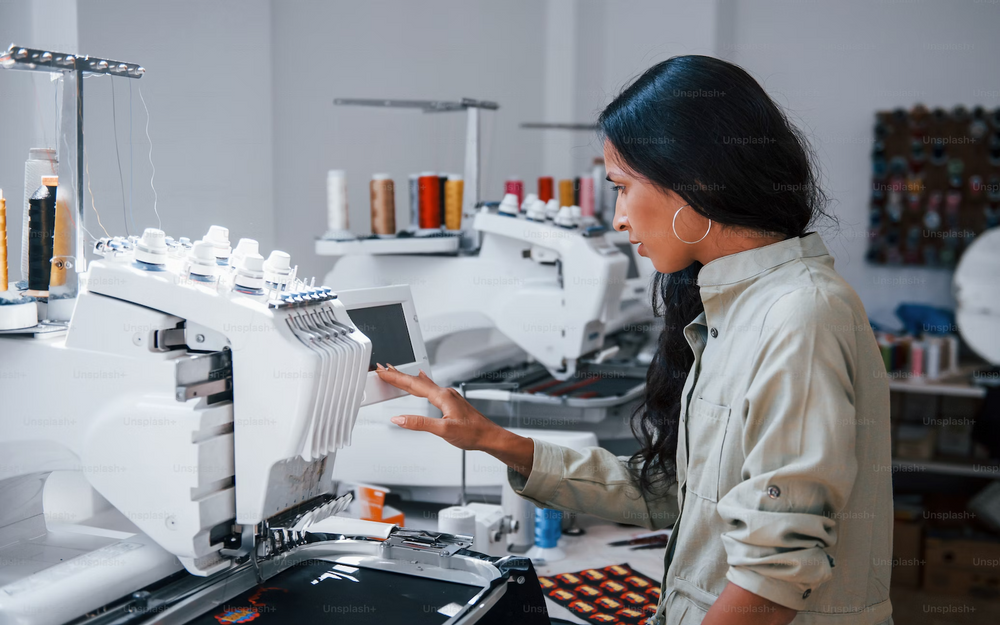
The fashion industry has always been at the forefront of innovation, and today, technology is playing a vital role in transforming the way we design, create, and experience fashion. From 3D printing and smart fabrics to augmented reality (AR) and virtual reality (VR) experiences, designers are harnessing the power of technology to push the boundaries of creativity and enhance the overall shopping experience. In this article, we will explore how technology is revolutionizing the fashion industry, revolutionizing the design process, improving sustainability, and redefining the way consumers interact with fashion.
Digital Design Tools and 3D Printing
Advancements in digital design tools and 3D printing have revolutionized the way fashion designers create and prototype their designs. With the help of computer-aided design (CAD) software, designers can bring their ideas to life digitally, experimenting with different shapes, textures, and colors without the need for physical samples. 3D printing technology enables designers to produce intricate and customized garments, accessories, and even footwear, pushing the boundaries of what's possible in fashion design.
Smart Fabrics and Wearable Technology
The integration of smart fabrics and wearable technology has opened up new avenues for creativity and functionality in fashion. Designers are incorporating conductive threads, sensors, and microelectronics into garments, creating "smart" clothing that can monitor vital signs, adjust temperature, or even interact with other devices. This fusion of fashion and technology not only enhances the functionality of clothing but also creates unique and personalized experiences for the wearer.
Virtual and Augmented Reality Experiences
Virtual reality (VR) and augmented reality (AR) technologies are transforming the way consumers engage with fashion. Through VR experiences, fashion brands can create immersive virtual showrooms, allowing customers to explore collections, view runway shows, and even virtually try on garments from the comfort of their homes. AR applications, on the other hand, enable consumers to see how clothing items or accessories would look on them in real-time, making the online shopping experience more interactive and personalized.
Sustainability and Tech-Driven Solutions
Technology is also playing a crucial role in addressing sustainability challenges within the fashion industry. Designers are leveraging innovative materials and production methods, such as upcycling, recycling, and using biodegradable fabrics. Additionally, blockchain technology is being explored to provide transparent supply chains, enabling consumers to make more informed and sustainable purchasing decisions. By integrating technology into sustainable practices, fashion designers are driving positive change and reducing the industry's environmental footprint.
The Future of Fashion and Technology
As technology continues to evolve at a rapid pace, the future of fashion holds exciting possibilities. Artificial intelligence (AI) could revolutionize design processes, predicting trends, and creating personalized recommendations for consumers. Robotics and automation may transform manufacturing processes, making them more efficient and sustainable. Additionally, advancements in e-commerce platforms, mobile apps, and virtual reality are set to enhance the online shopping experience further, bridging the gap between physical and digital retail spaces.
Conclusion
The intersection of fashion and technology is revolutionizing the industry, empowering designers to create innovative designs and enhancing the overall shopping experience for consumers. From digital design tools and 3D printing to smart fabrics, VR/AR experiences, and sustainability-focused solutions, technology is reshaping every aspect of the fashion landscape. As we move forward, it is essential for fashion brands, designers, and consumers to embrace these technological advancements, fostering creativity, sustainability, and a more personalized and immersive fashion journey.


Leave a comment
Also in Blog posts
The Rise of Streetwear: A Cultural Phenomenon Shaping Mainstream Fashion
Continue reading
Sustainable Fashion: The Need for Change
Continue reading
What to know about Tracksuits for Women?
Continue reading